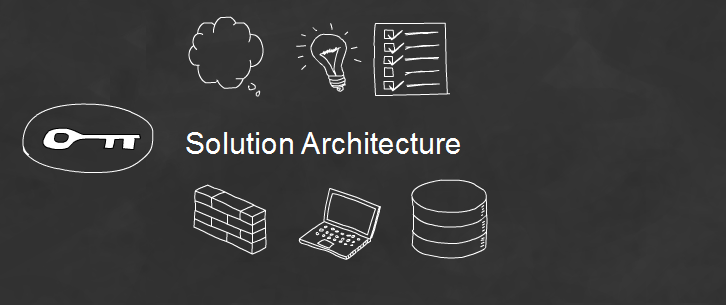
There are many a times when you went to give your cell phone for a repair and the company just charged you for fixing an issue with the UI but opened up a whole new issue of now the battery drains faster.
We shall look at Systems Thinking and why is it important for Senior IT professionals and architects.
Basic Tenets of Systems Thinking :
Improving the performance of the parts of a system taken separately will not necessarily improve the performance of the whole; in fact, it may harm the whole.
Problems are not disciplinary in nature but are holistic.
The best thing that can be done to a problem is not to solve it but to dissolve it.
We should look at systems as a whole as opposed to solving problems in bits and pieces. It is also about defining the problem as many a times if the problem definition
is not correct then we end up solving the wrong problem. In any enterprise product or solution we need to understand the issue that the system has many perspectives to it
many norms / rules that apply to them and we need to see how the problem manifests in its entirety and not in isolation.
For Example if a man wants to be healthy and loose weight get him to a treadmill is an easy reply. But if you need to see how he wants to really loose weight the healthy
way then we need to checks his DNA for obesity issues, health checks , his food habits , his neighborhood, work life patterns and how all of this in its interplay helps him to loose weight
holistically.This is what gets ignored in traditional symptomatic treatment of issues usually achieved by procedural thinking.
On the same lines when you need to look at the architecture of a product or a solution then we need to look at it as a whole and not in parts.
Architecture has many dimensions enterprise , business , data , application , technology . Viewed from an other perspective it has a logical and physical part to it such as abstract and concrete , logical and physical , generic to specific , expandable to bespoke architects , highly portable to built for a specific platform . The list goes on….
Amidst all of these conflicting stakes what is the best way to look at your architecture as a whole by look at the parts in relation with the whole. TOGAF® Framework as an EA framework helps you on thinking these lines on how various architectural concerns make up one big picture.
An EA framework helps you to compartmentalize the concerns while being focussed on the organizational end goal. This way you can look at the whole while tending to the parts.
A logging framework needs to enhance the performance and decides to encrypt the data on the wire but performance can be compromised if the tradeoffs are not looked at.
A product where user experience is made more intutive but not has the issue of maintainence overheads which are highly unfavorable.
A product that works well but does not have enough market traction or rather does not promise customer experience.
The laundry list can go on if you do not think on Systems Thinking as a means to fix this.
What is your experience here on such situations where you had to look at the product or solution as a whole.
PS : “There are no separate systems. The world is a continuum. Where to draw a boundary around a system depends on the purpose of the discussion.” ― Donella H. Meadows

















